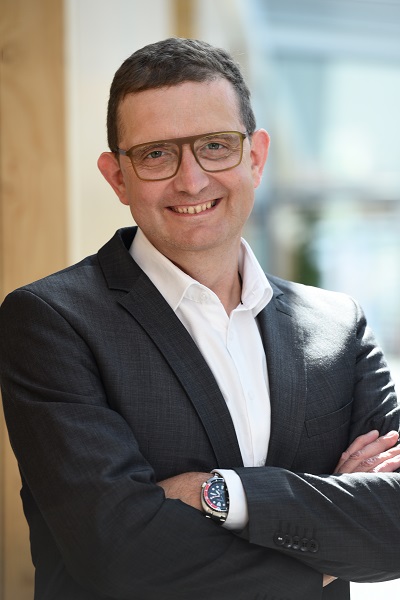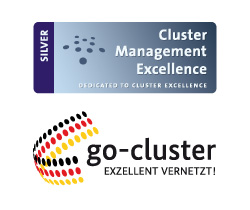How can intervention rates and waste bins position can be optimised to improve the public waste management?
Definition of the problem
Public litter bins provide an important function in keeping cities clean, hygienic and attractive. Unavailable or over-filled bins mean that citizens are inconvenienced, and also encourage littering on street. Therefore, there is a requirement for a solution that enables customized and optimised route scheduling, that allows city staff to decide when and where it is necessary to intervene. Waste collectors usually work along a standard and routinary route to ensure that all public waste bins are frequently emptied. While this process works, it could be improved by ensuring that those collecting waste follow a route that allows them to empty especially those public bins that are (almost) full instead of emptying bins that contain no waste. How can intervention rates and waste bins position can be optimised to improve the public waste management?
Approach to the solution
Starting from open data provided by Delft’s municipality in the Netherlands, we initially developed a geographic decision support system (grid). This analysis has been done to define, using raw data, which areas of the city were more stressed by waste flow. This first picture was the starting point to tackle the challenge, giving to the municipality an initial overview of critical areas of the city, according to different data and factors. After this first output, we went to prove our model on field. So thanks to the installation of 15 ultrasonic waste sensors, we started real time monitoring activity. Data collected from sensors have been used to implement algorithms, graphics and heat maps on the final dashboard. Moreover thanks to these data we have been able to deliver a forecast tool on the dashboard able to make previsions of waste’s stressed area along the year according to different factors and specific data about events calendar of the city. We also developed a mobile application for fieldwork usage. The uniqueness of our solution is the approach we have had; because we developed a data driven tool following a research approach.
Detailed project description
Delft’s municipality has been available to provide data about the topic and to make some useful datasets open, during the proposed technological solution development. The project falls within the purpose of 1st SCIFI call (Smart City Innovation Framework Implementation) funded by the European Interreg 2 Seas Mers Zeeen fund.
Starting from provided data, we developed a geographic decision support system (grid) to define city’s stressed areas by waste flow. Factors considered in the geographic analysis were mainly 3: Tourism, Public use areas/buildings and Urban Mix (an index for understanding urban usage). The model is a sum of indicators with different weights and the final restitution allows to have a grid of 500x500m squares analyzed and with an associated waste flow stress index.
The Geographic DSS and associated analysis have been the starting point for a direct and real time monitoring activity on waste bins. Specific ultrasonic sensors, installed in various city’s areas, allow us to measure real time filling level of waste bins and validate/refine the model. We decided to use Sigfox as comunication network, because of the good coverage in that area.
At each sampling sensors connect to Sigfox server that stores received data. The backend has been configurated to forward these data to the destination server (AWS), where Delft’s waste management system resides. In this sense, Sigfox backend can be considered as a bridge that connects sensors with Delft’s waste management server. Data are received by a specific controller that decodes them and stores them. For this purpose, SigfoxLoadController has been created which takes care of executing all commands necessary to decode data, to identify data and to storage in the FIWARE system.
Data architecture is built on FIWARE (an open source platform for IOT developments). In our specific case, Fiware already defines structures necessary to manage various entities and relationships between them, such as waste bins, their model, area they belong to and sensors used for monitoring.
So the final output is decisional dashboard that shows and optimizes collected indicators by sensors and data provided by the municipality. The service shows graphs, distribution maps and tools to monitor waste’s flow in real time and forecast critical situations. An alert system suggests best collection cycles to the company in charge, estimating the filling level of not monitored waste bins using the Geographic DSS as a base layer for spreading readings of intalled sensors on field. Citizens involvment in this monitoring process was guaranteed by the integration of data coming from a dedicated mobile APP for citizens reports.


Additional Information
Demo video of the solution (YouTube)
https://www.sis-ter.com/

 Alfred Mayr, Dipl.-Kfm. (Univ.)
Alfred Mayr, Dipl.-Kfm. (Univ.)  Dr. Viktor Klein
Dr. Viktor Klein
